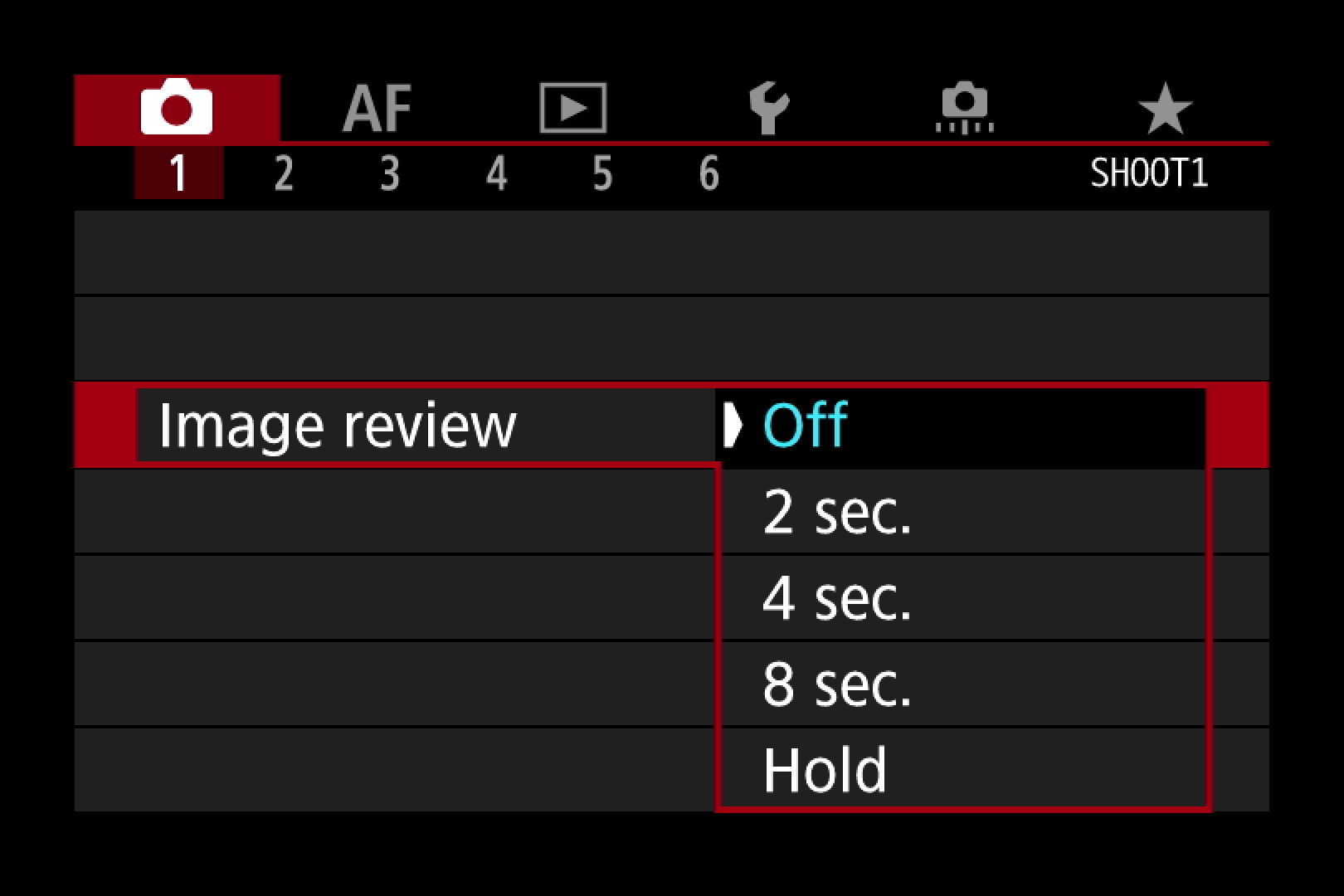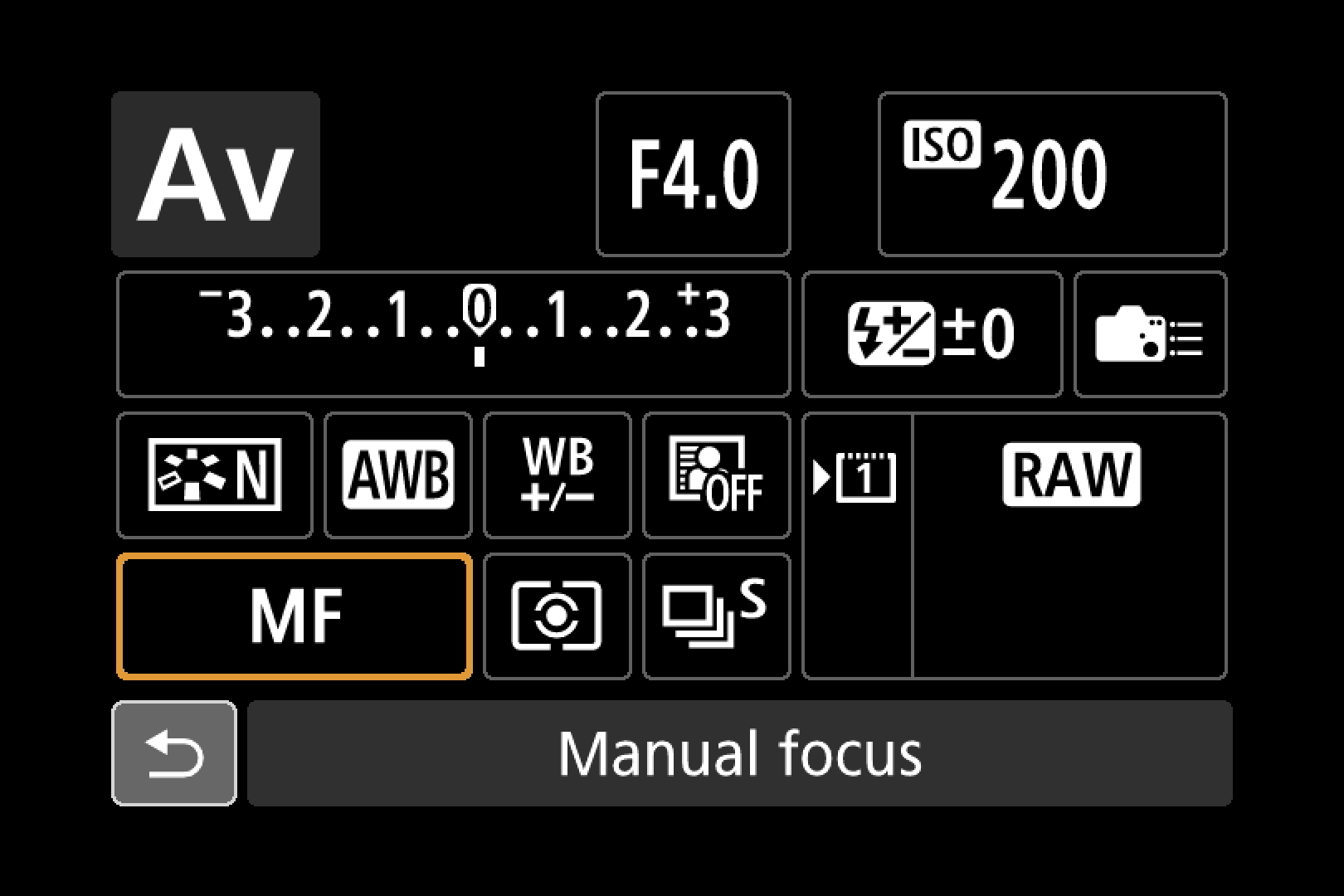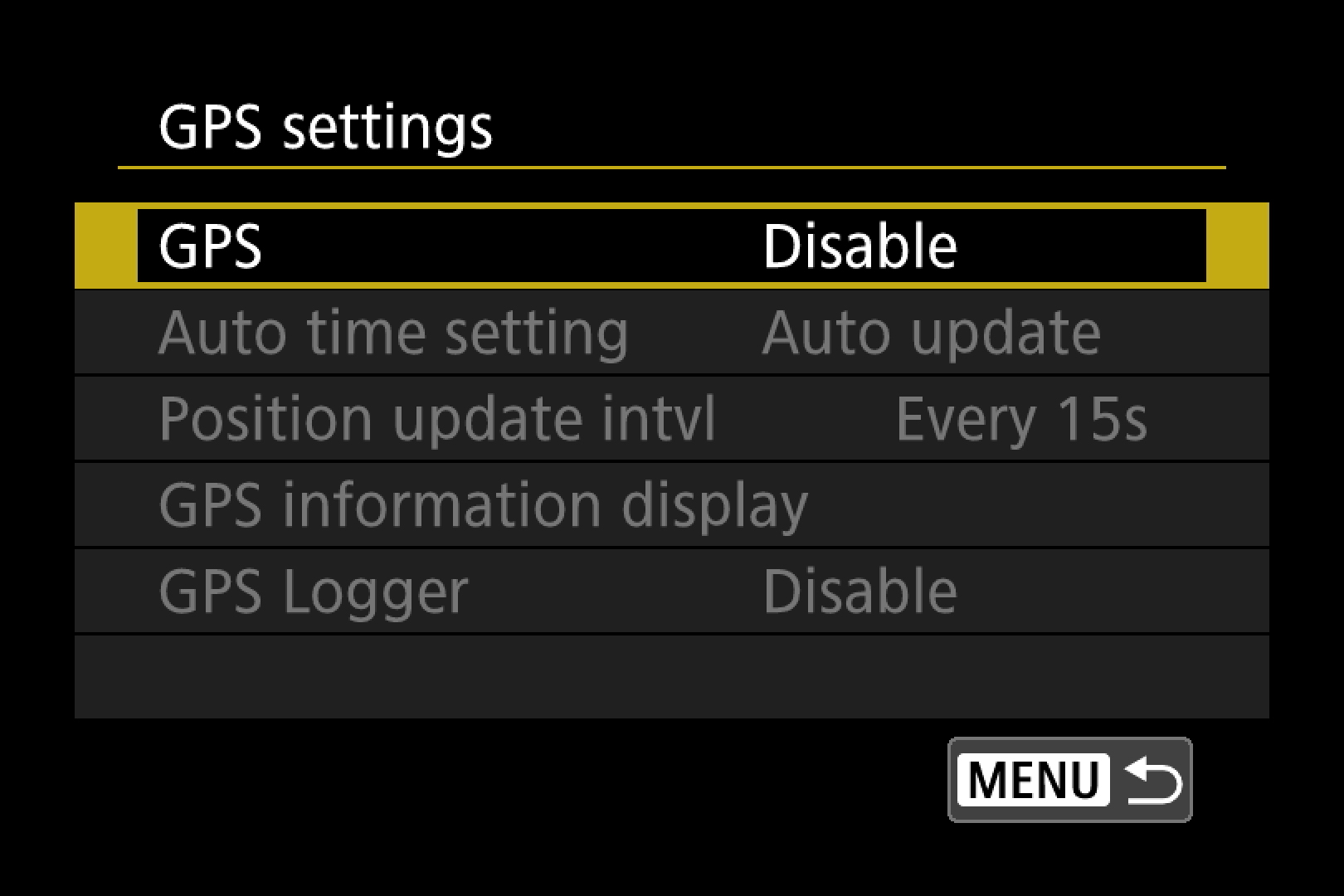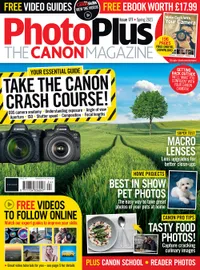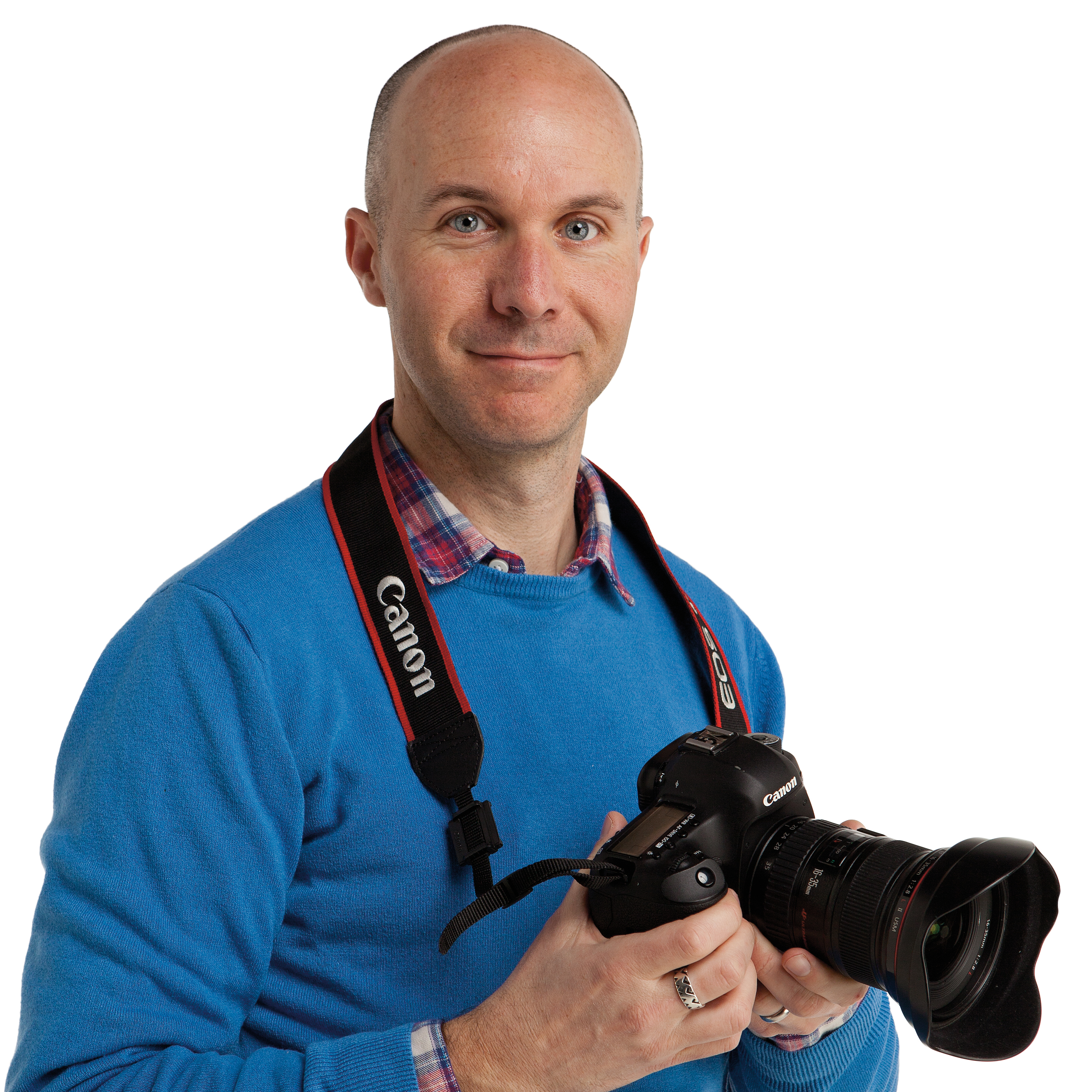Canon School: get better battery life from Canon EOS cameras
Part 2: Discover clever settings to improve your Canon EOS camera's battery life so you can stay out shooting for longer
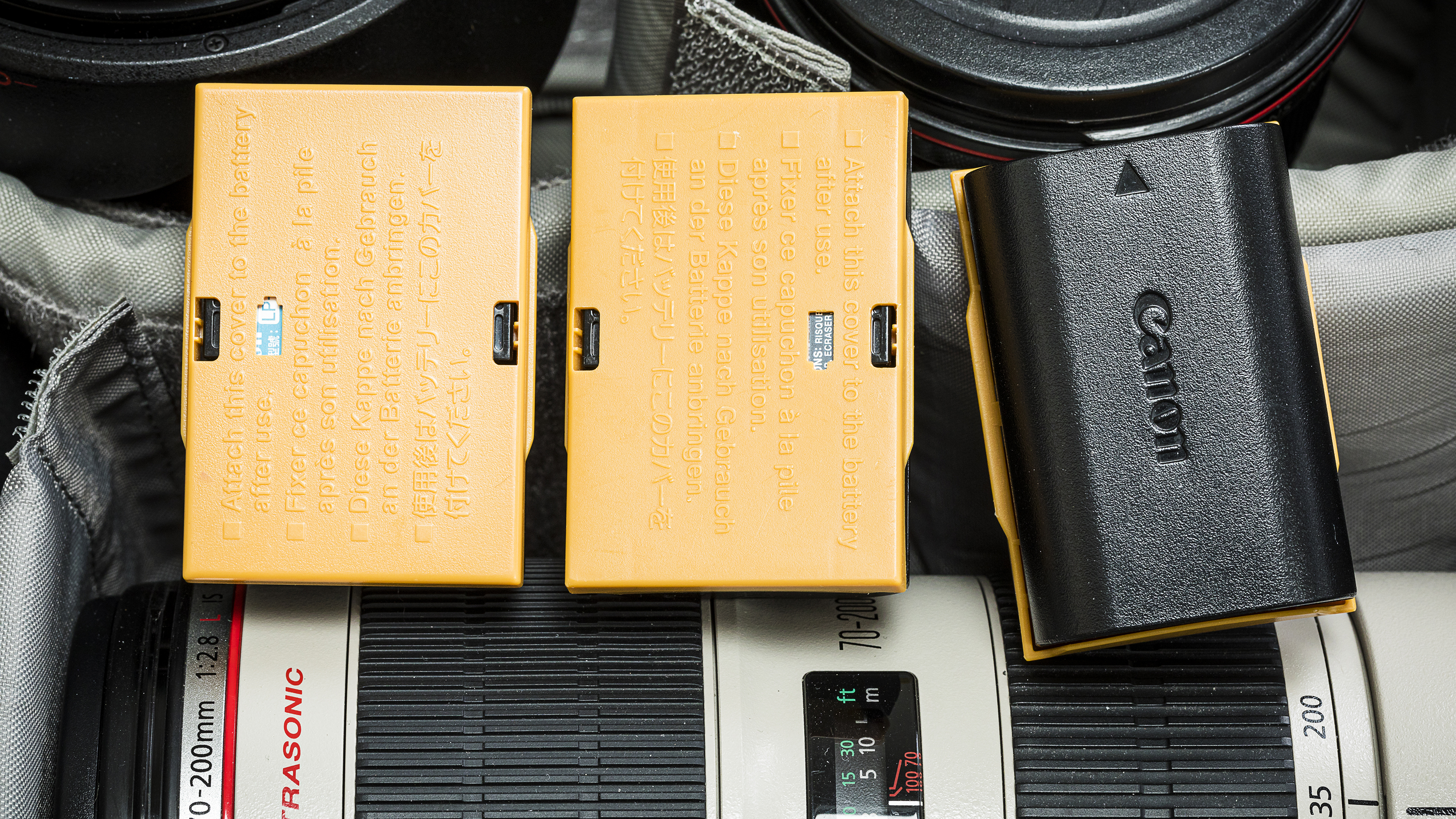
Part 1 - Autofocus and AF points
Part 3 - Silent shooting modes
Part 4 - Take control of color
Part 5 - Auto Lighting Optimizer
Part 6 - High-resolution video formats
Part 7 - Canon’s Image Stabilization
Part 8 - Master macro photography
Part 9 - Correcting your exposures
Part 10 - Time-lapses in-camera
Welcome to our new Canon School tutorial series part 2. Learn how to extend the battery life in your Canon EOS cameras so you can stay out shooting for longer.
Battery life is usually the chief problem when shooting in the cold. Take the LP-E10 battery powering the Canon EOS Rebel T6 (aka EOS 1300D): it can last for up to 600 shots when using the viewfinder and the ambient temperature is 23°C, but this is reduced to 580 at 0°C. Switch to Live View shooting and that plummets to 190 shots at 23°C and 180 when it’s freezing cold.
These figures are the max shots too, as there are other camera functions that will deplete the battery more (see below for more info). But if you’re going to be shooting outdoors in the cold it pays to have one fully charged spare battery in a warm pocket. In fact, you will find if you put a seemingly dead cold battery in a warm pocket, it will come back to life to be good for a little more use.
Read more Best camera batteries
1. LCD screen
Although Live View is the chief perpetrator when it comes to draining the battery, any use of the rear screen reduces the power you have left for taking pictures. One step is to deactivate the automatic playback of images as you shoot – you can do this in your camera’s red Shooting menu. Manually reducing the brightness level of the display in the yellow Set-up menu can also help, but in very bright conditions you may have no choice but to increase the brightness so that you can actually see details clearly.
2. Power down
Your camera will automatically power down after a period of inactivity – either 30 seconds or one minute, depending on the camera. Although you can increase the length of time the camera is active before going into hibernation in the Set-up menu, you can’t decrease it. To wake the camera up, tap the shutter button – but avoid keeping it pressed halfway for long periods as this will reduce battery. Another juice-saving trick is to switch off the display when the camera is ready to shoot, by tapping the DISP or INFO button.
3. Manual focus on lenses
Any lenses attached to your Canon EOS camera draw their power from the camera body, and some lenses are going to exhaust that battery faster than others. AF and IS both take their toll, and frequently activating the autofocus is going to be harsh on your battery. Depending on the subject, you may be able to get away with manual focusing (MF), although to preserve battery life it’s better to use the focus indicator in the viewfinder, rather than the magnified Live View display, as a focusing aid. Switch off IS until you need it.
4. Wi-Fi & GPS
As battery hogs go, Wi-Fi and GPS are total porkers. They are deactivated by default, but you can double-check this in the Set-up menu. It’s also worth considering setting up the green MyMenu tab as a shortcut to your most-used menu items and custom functions – that way you won’t have to waste time/battery life flicking back and forth through the main menu to make adjustments. Some cameras let you set up multiple MyMenu tabs and rename them so that you can streamline your camera.
The best camera deals, reviews, product advice, and unmissable photography news, direct to your inbox!
PhotoPlus: The Canon Magazine is the world's only monthly newsstand title that's 100% devoted to Canon, so you can be sure the magazine is completely relevant to your system.
Read more:
Canon DPP: Canon Digital Photo Professional tutorials
The best camera batteries: best buys on replacement camera batteries
The best laptop power bank: recharge your camera or laptop on the move
The former editor of PhotoPlus: The Canon Magazine, Peter has 18 years of experience as both a journalist and professional photographer. He is a hands-on photographer with a passion and expertise for sharing his practical shooting skills. Equally adept at turning his hand to portraits, landscapes, sports and wildlife, he has a fantastic knowledge of camera technique and principles.
He is the author of several published photography books including Portrait Photographer's Style Guide, and The Complete Guide to Organising and Styling Professional Photo Shoots with fellow portrait pro Brett Harkness.
Peter remains a devout Canon user and can often be found reeling off shots with his Canon EOS DSLR and EOS R mirrorless gear. He runs Peter Travers Photography, and contributes to Digital Camera magazine.
